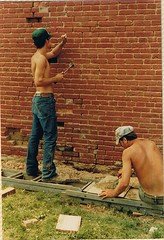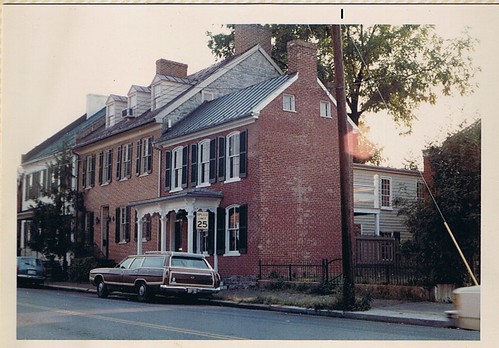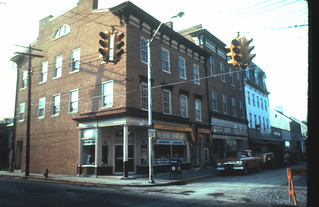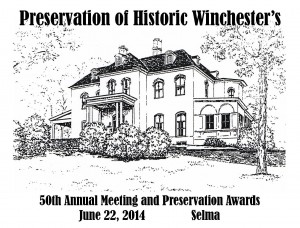As you know, one of the highlights of the Annual Meeting is recognizing people and projects which retain, interpret, and show leadership in preserving the historic fabric of Winchester. This year, we were happy to present twelve awards:
Awards of Merit
Shenandoah Valley Discovery Museum, 19 West Cork Street
Deborah Prutzman, 202 South Braddock Street
Alec and Lindsay Bouldin & Richard Shannon, 525 South Braddock Street
Glaize and Bro. Properties, 302-304 North Cameron Street
Sara D’Amato, 661 Millwood Avenue
Brian Wishneff and Associates, 119-121 North Loudoun Street
Patron Awards
The Economic Development Authority
For support of historic rehabilitation projects in Winchester
The City of Winchester
For the rehabilitation of the Taylor Hotel
Katherine G. Rockwood Award
Joseph and Sharon Collette, 510-512 South Loudoun Street
Ben Belchic Award
Museum of the Shenandoah Valley
For interpreting the history of Winchester through the Glen Burnie House
Lucille Lozier Awards
The Adams Companies, 315 and 317 South Loudoun Street
OakCrest Companies, 29-33 East Boscawen Street
In addition, we recognized six of our directors who have retired from their positions on the PHW Board of Directors:
Certificates of Appreciation
Cal Allen, Lawrence Belkin, Bill Buettin, Karen Clay, Patrick Farris, Dan McCoig
In other PHW news, Sarah Smith and Kathy Cresegiona are joining the Board of Directors, and Frank Wright, former PHW President, was elected to PHW’s Honorary Council.
If you were unable to join us at Selma for the meeting, images from the business portion of the meeting and award ceremony as well as the slideshow featuring the award recipients is now available for viewing in PHW’s Picasa album.













